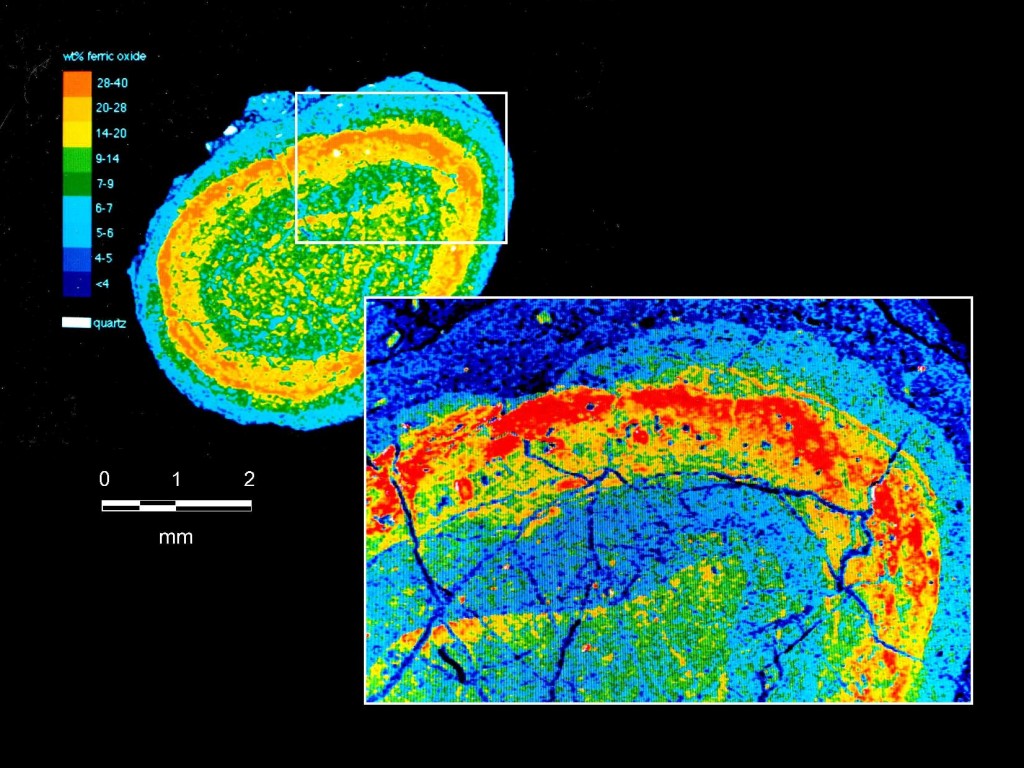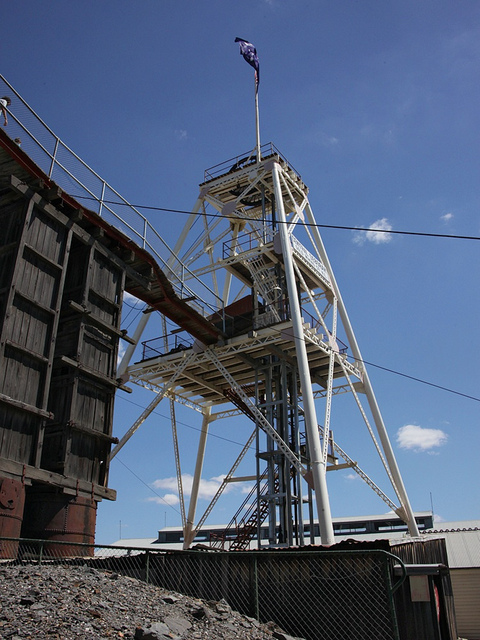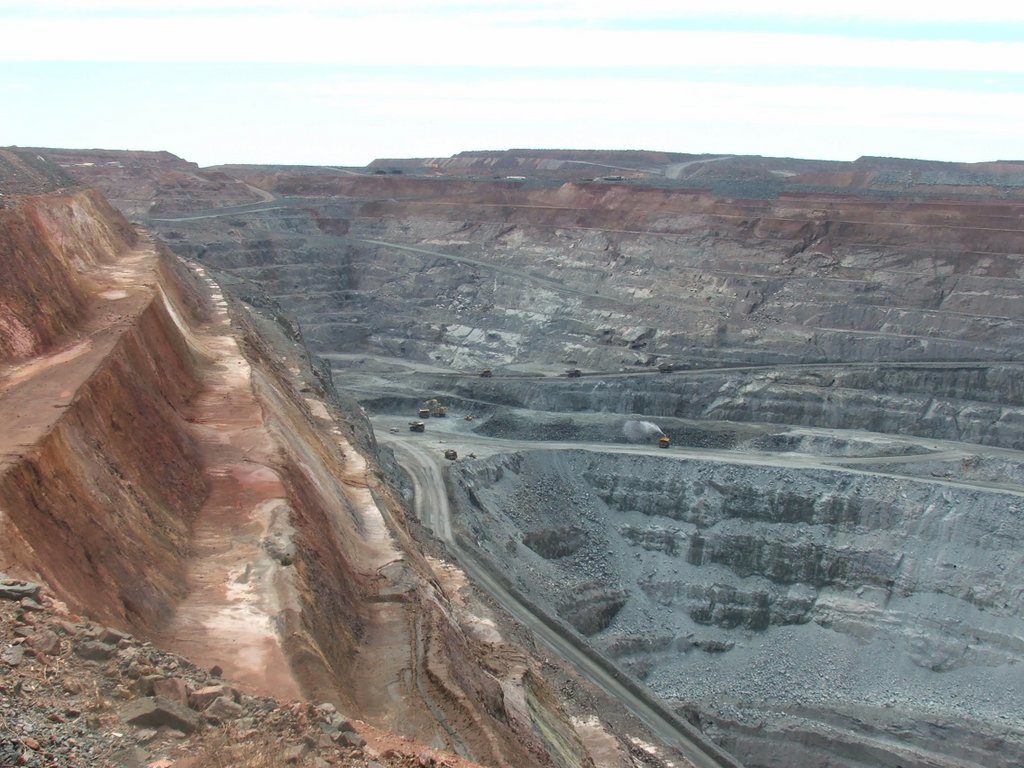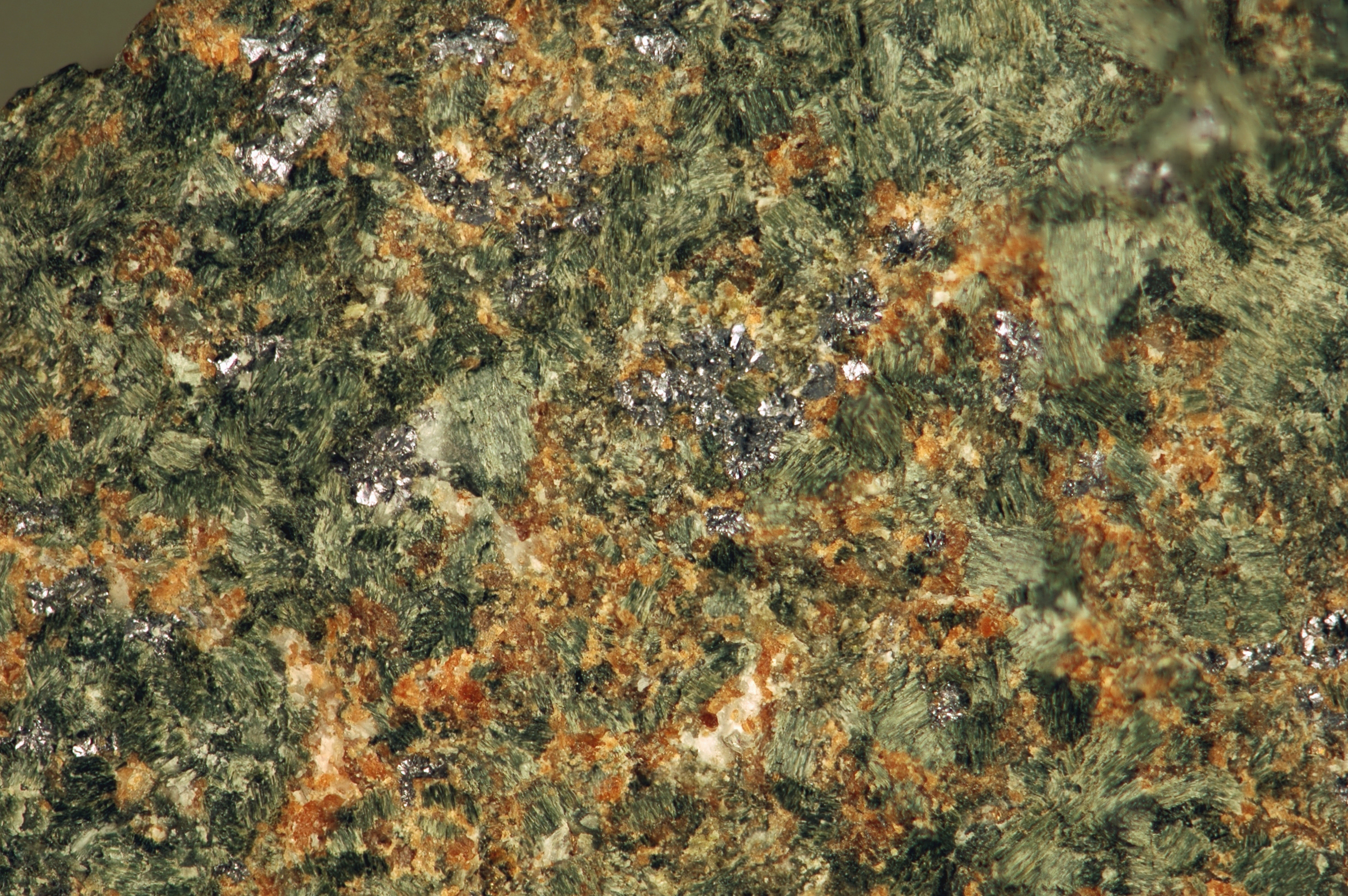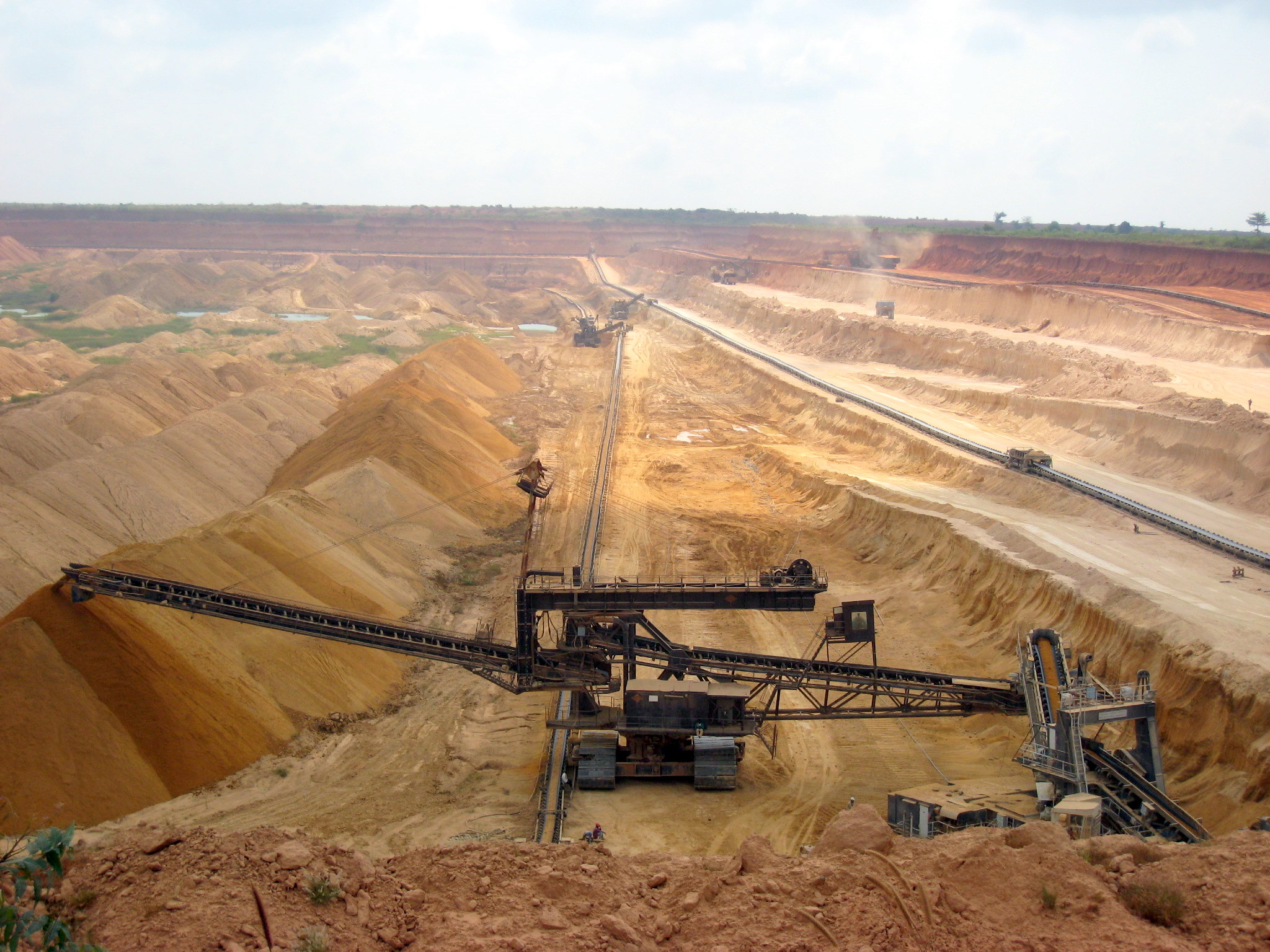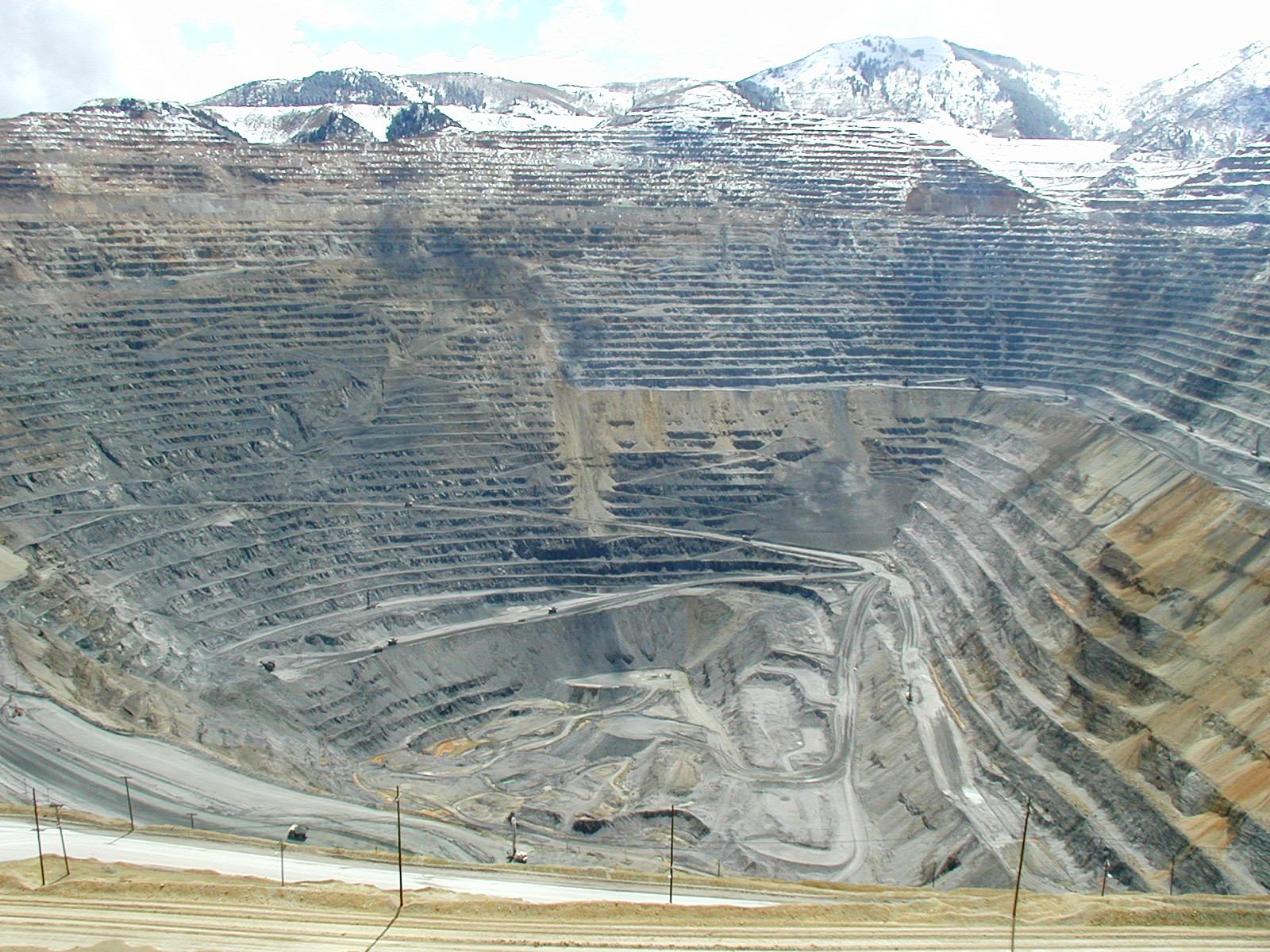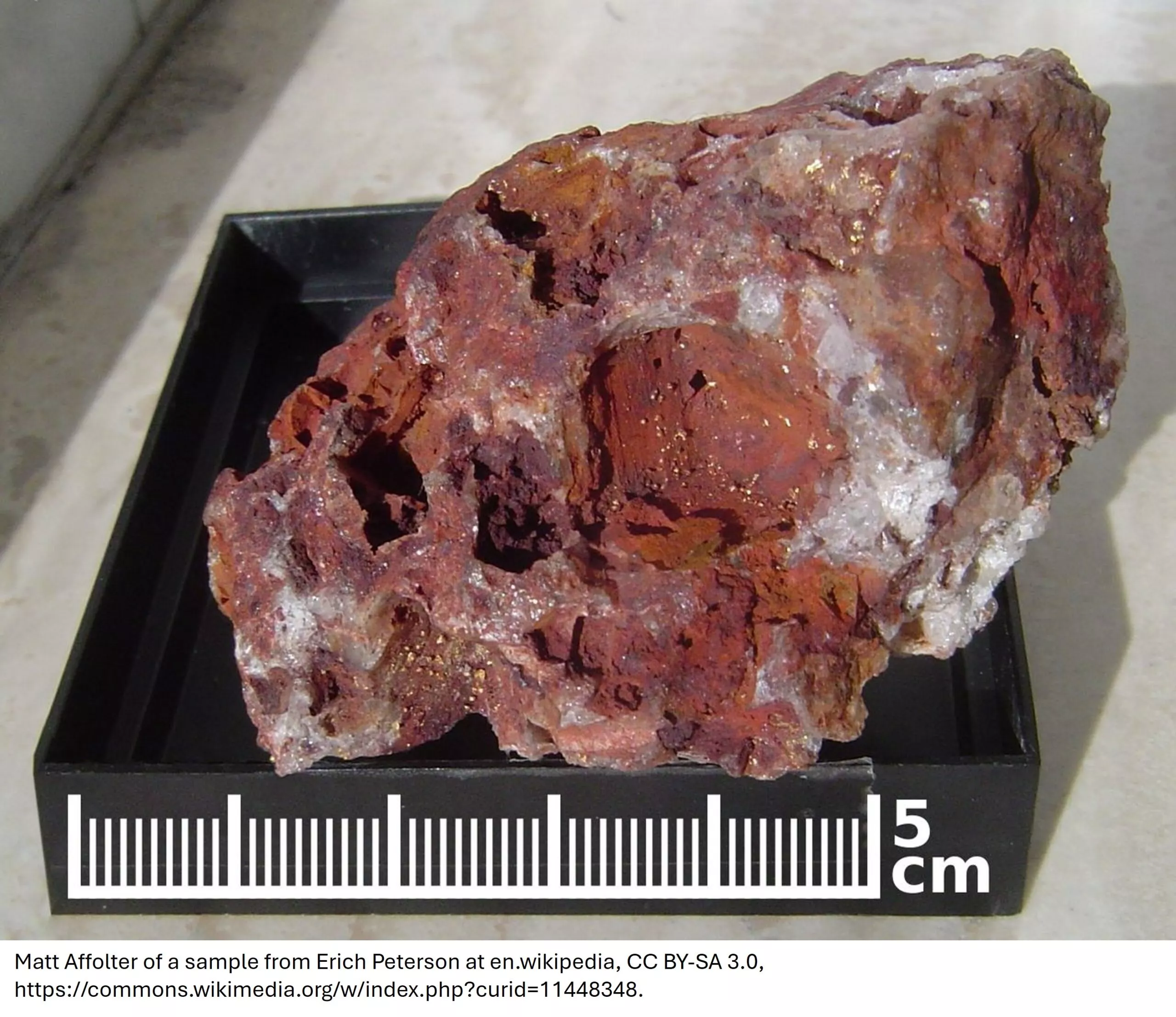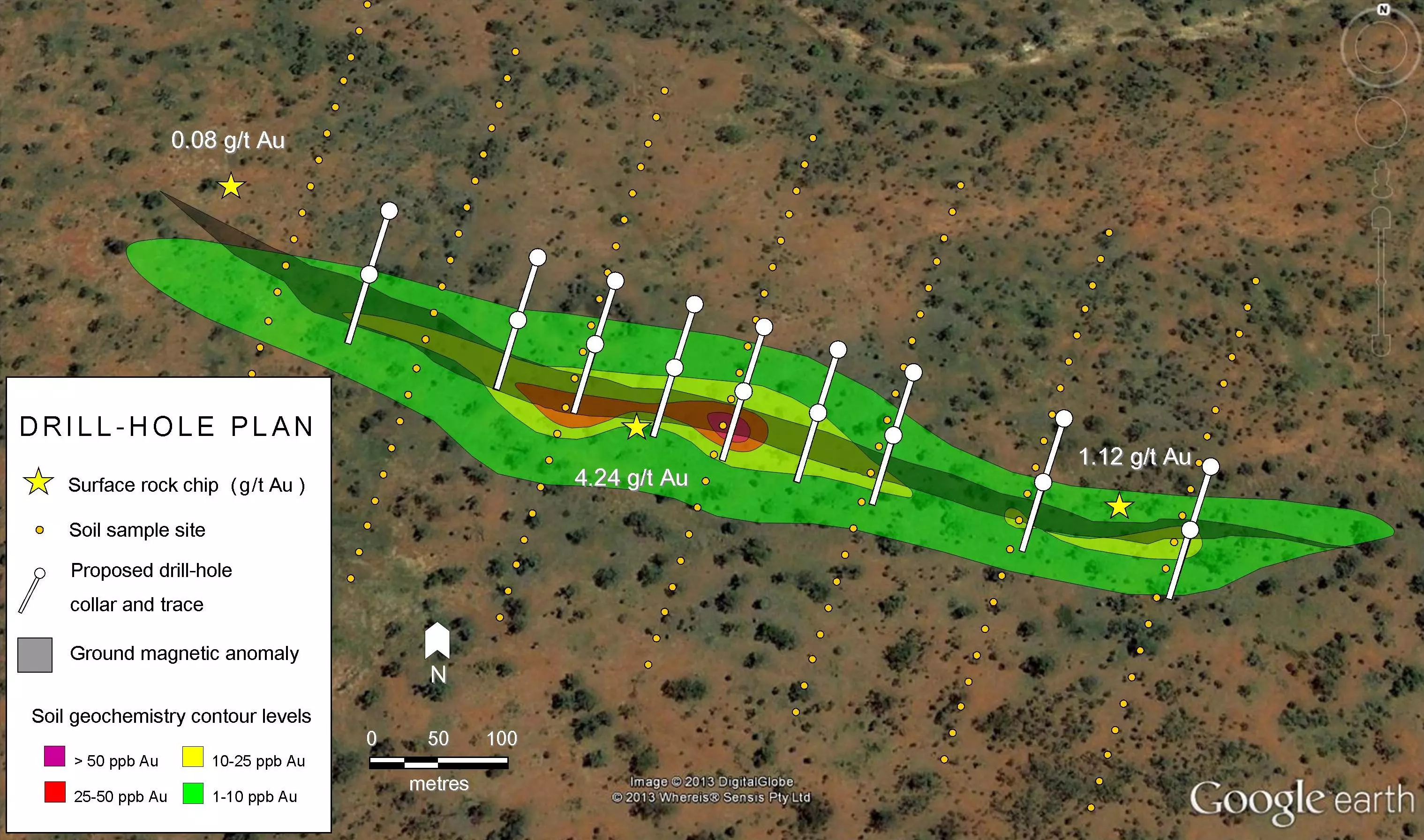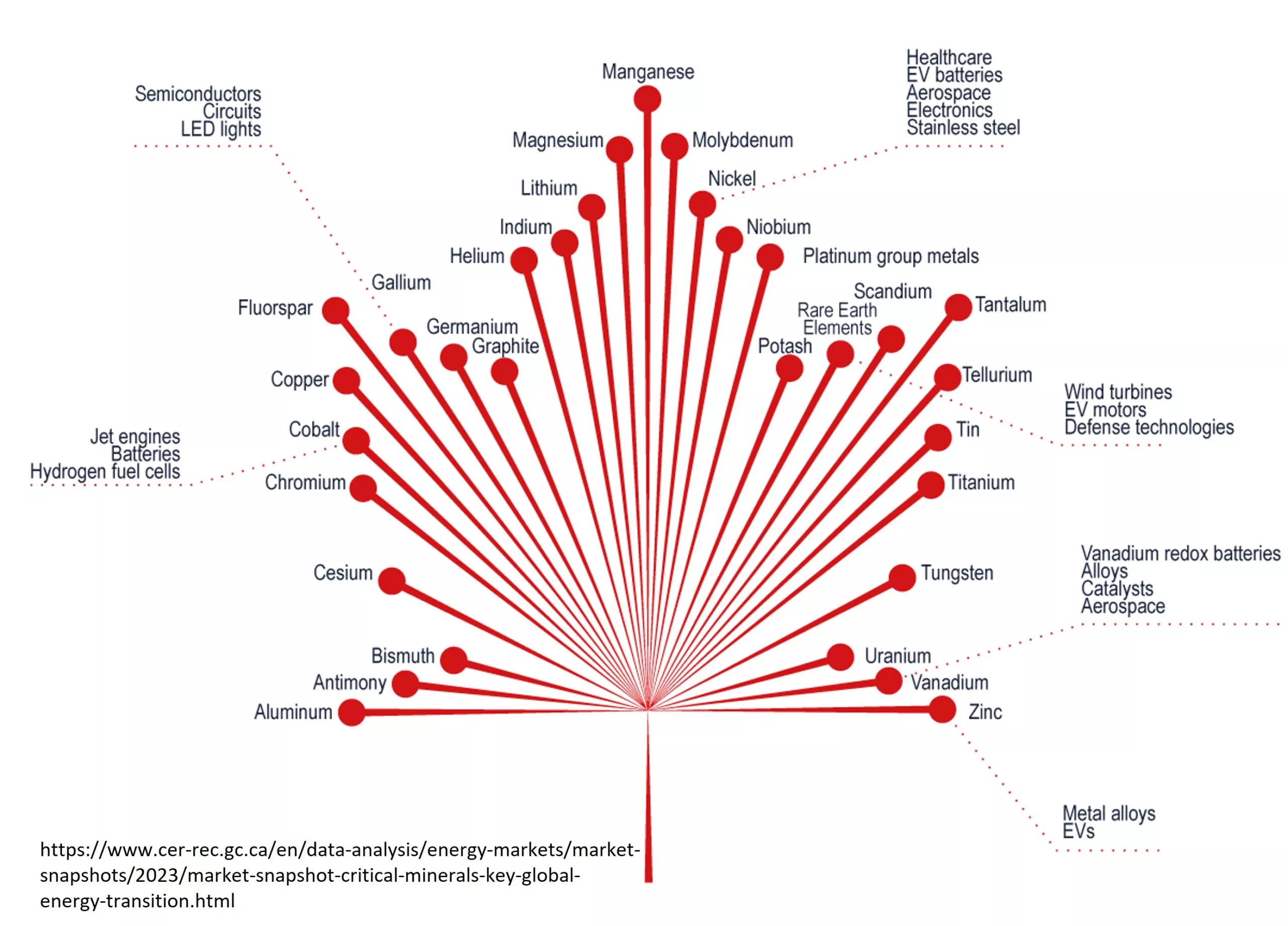For untold millennia the Orange River of South Africa has slowly flowed to the sea, untroubled by glaciers or volcanoes, responding only the gentle rise and fall of the ocean over time and the even more imperceptible rise and fall of the stable craton which it traverses. Left alone it created an extensive series of terraces that only distantly reflected the long term climactic and tectonic changes that were shaping other areas of the earth. However, the Orange River was unlike all those other rivers, in that in its drainage basin were some of the largest, most productive kimberlite fields on the planet, and those terraces were rich in some of the highest quality diamonds ever found. Rockwell Diamonds Inc. (TSX:RDI), has a very interesting package of diamond rich terraces along the middle Orange River in South Africa.
Like gold, and platinum the hardness of the diamond lends its self to a very specific type of deposit, the placer deposit. Their hardness and a specific gravity (3.5) preserve them during transport and allow them to be concentrated in areas of gravel and cobbles, much like gold. Also a in these rough environments only the highest quality, least impure diamonds survive transport. In Southern Africa the Orange River has entrained thousands and thousands of diamonds from the numerous kimberlite fields and deposited them along its length. These deposits are mixed terraces of gravel and cobbles and relatively are very young deposits, rarely over Miocene in age. Like placer gold deposits the diamonds are trapped either in bed rock scours, and riffles, or in certain locations on the paleo-river bars where gravels and diamonds were concentrated.
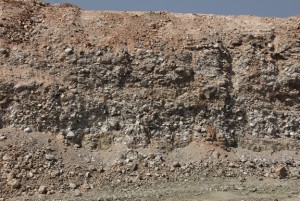
There have been many mines along the Middle Orange river, where Rockwell Diamond’s Saxendrift drift mine is located. Most of them were “artisanal mines” working the easy gravels, pulling out gravels and panning for the loose diamonds much like the miner 49’ers of yore. However, in this area of the Orange River there is a layer of hard “Calcrete” and/or “Silcrete” common in arid environments which covers many of the old terraces. As its name suggests it is a hard,tough layer to get through and it preserved most of the old terraces from the attention of the earlier miners. Modern mining being much less gentle is able to blast through this layer to the less cemented gravels below. From there the gravel is excavated and loaded in dump trucks to be taken to the plant for processing. The

gravel is then washed and screened and the diamonds are extracted by x-ray fluorescence technology. This is specialized technology, made possible by the property of diamonds to fluoresce under bombardment by x-rays. When a diamond fluorescence is detected, a blast of air pushes the diamond into a collector box. This has the added advantage of removing any human interference in the final collection process thus improving recovery and security.
Since the probability of finding a diamond goes up the more gravel that is processed. Hence it is critical to have a large reserve of material to work through, the probable reserve of Saxendrift is 6.921 Million m3 with an average grade of 0.4 carats per 10 X 10 X 10 meter cube. This may not sound like much but each carat is worth something like US$2400 per carat, and there is always the chance of finding a rare diamond such the Alana a 160 carat flawless fancy yellow found in September 2013, which helps the bottom line substantially. This is different from other mines where metals and other bulk commodities are pretty much the same.
Saxendrift, is not the only property of Rockwell’s and the company has aggressive growth plans to expand production within the region. Placer diamond deposits are a unique class of deposit and with a rapidly expanding market the next few years should be very interesting for Rockwell Diamonds.
For Further Reading –
http://www.rockwelldiamonds.com/
http://www.rockwelldiamonds.com/wp-content/uploads/2014/06/SAX43-101_2013_Revised_30082013.pdf
Subscribe for Email Updates

